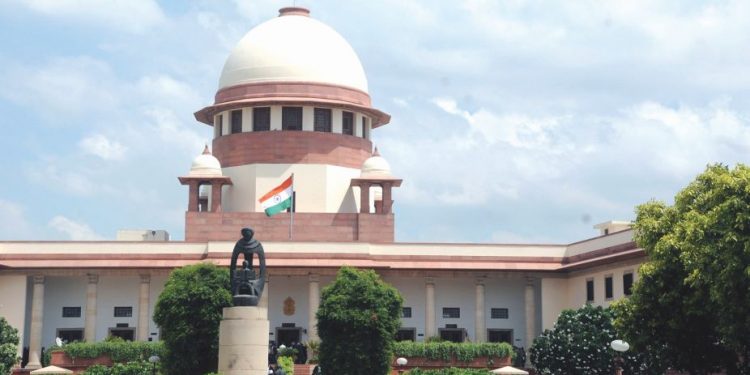Ayodhya touched a fresh high this week with start of daily hearings by a Constitution bench of the Supreme Court into the merits and de-merits of arguments from rival sides. The decades-long dispute involving two principal communities-Hindoos and Moslems-had hogged headlines, raised tempers and unleashed riots that killed large numbers in the past, but kept defying a solution despite repeated attempts. It must be stated to the credit of the apex court that it did not rush through the case and instead allowed sufficient time to evolve a consensus acceptable to all sides concerned, which eventually proved futile.
Ayodhya is an issue for many and a non-issue for many others, split across not only communities but also geographical areas. For example, except those posing as rabid Hindoos and obviously nurturing political desires and biases, no one in a state like Orissa would be bothered with the outcome from such a face-off. The issue was brought up by Vishwa Hindu Parishad (VHP) in the final lap of the last century and touched a climax in 1992 when the decaying Babri Masjid was pulled down by a crowd of VHP, Shiv Sena, RSS and BJP supporters who rallied around in the form of Kar Sevaks. Their argument was that the 16th Century Moslem shrine was built at the birth-place of Lord Rama after demolition of a Hindoo temple and other structures in the 300 acre land by invading Emperor Babur. The Moslems resisted acquirement of the government-occupied space by pro-RSS elements to build a Rama temple there. The provocative act of razing the old structure led to communal riots across India, killing over 2000 people, most of them innocents falling prey to acts of religious bigotry.
The Ayodhya issue, principally used by the saffron-shaded VHP and other Hindutva groups, helped the BJP grow. The demolition of Babri Masjid allegedly had the silent support of then Congress prime minister PV Narasimha Rao. He reportedly thought that if and when the Babri Masjid was demolished, the BJP would lose its principal plank to raise pro-Hindoo sentiments in its future political fights with the Congress. The BJP’s aggressiveness in Ayodhya in 1992 as also the resultant bloodshed and vertical division of India on communal lines is a controversial chapter in India’s modern history. The issue is complex and has only heavy political overtones. This was all the more reason why even the apex court thought it fit to tread into the case with utmost care and caution, even if it meant long delay.
The SC’s efforts to give a chance to mediation led, of late, to the constitution of a three-member panel to hold discussions with concerned parties. The panel of Sri Sri Ravi Shankar, ex-SC judge FM Kalifulla and senior advocate Sriram Panchu could not make headway in the mediation process and threw its hands up. This threw the ball back in the SC’s court. Consensus was not easy to arrive at mainly for the reason that while the pro-RSS outfits prominently represented Hindoos, the Moslems did not have an organised leadership to represent their side.
The pro-RSS groups are active again in recent months to push the cause of building a Ram Temple at the same spot where the Babri Masjid was demolished. The Modi government carefully sidestepped the issue in its first term despite pressure from these groups. Having won a new term in office through a resounding parliamentary election verdict two months ago, the BJP-led NDA government is now in a mood to confront situations with more courage. This was evident in the legislation relating to Kashmir, setting at rest a long-pending demand of the RSS. It might now turn attention on another principal saffron agenda, namely the introduction of a uniform civil code. Put together, the communal situation in the country is bound to heat up in the coming months. The push for a solution to the Ayodhya dispute too is seen in this light. A hope now is that the judiciary in its wisdom will find a way out of the impasse vis-a-vis Ayodhya. To get both sides to fall in line is easier said than done.






































